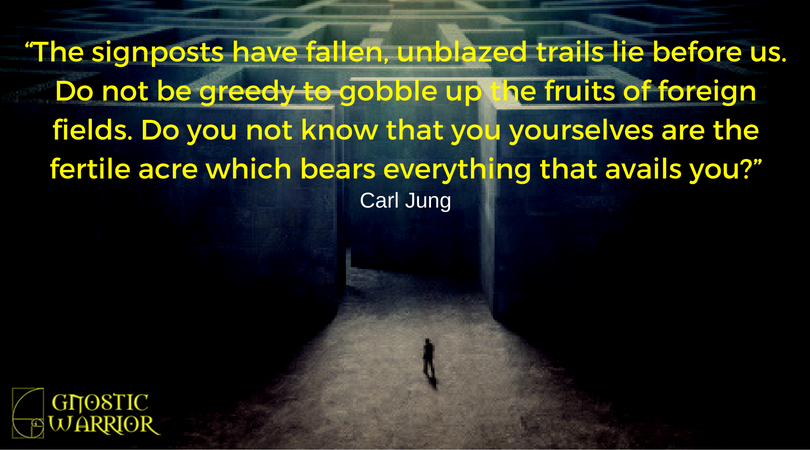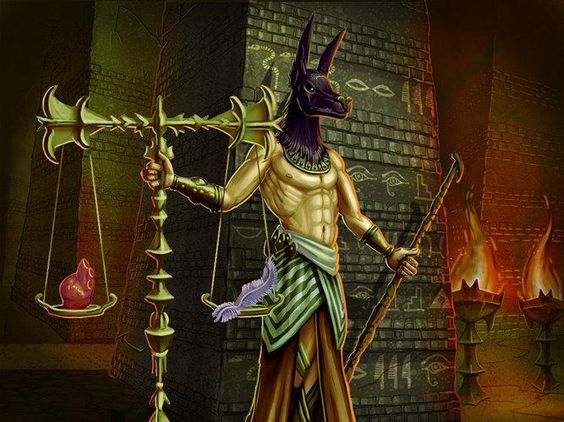But there is still another etymology possible for the word mantis, and to which we doubt if the attention of the philologists was ever drawn. The mantic frenzy may, perchance, have a still earlier origin. The two sacrificial cups of the Soma-mystery used during the religious rites, and generally known as grahas, are respectively called Sukra and Manti.
It is in the latter manti or manthi cup that Brahma is said to be “stirred up.” While the initiate drinks (albeit sparingly) of this sacred soma-juice, the Brahma, or rather his “spirit,” personified by the god Soma, enters into the man and takes possession of him. Hence, ecstatic vision, clairvoyance, and the gift of prophecy. Both kinds of divination — the natural and the artificial — are aroused by the Soma. The Sukra-cup awakens that which is given to every man by nature. It unites both spirit and soul, and these, from their own nature and essence, which are divine, have a foreknowledge of future things, as dreams, unexpected visions, and presentiments, well prove. The contents of the other cup, the manti, which “stirs the Brahma,” put thereby the soul in communication not only with the minor gods — the well-informed but not omniscient spirits — but actually with the highest divine essence itself. The soul receives a direct illumination from the presence of its “god”; but as it is not allowed to remember certain things, well known only in heaven, the initiated person is generally seized with a kind of sacred frenzy, and upon recovering from it, only remembers that which is allowed to him. As to the other kind of seers and diviners — those who make a
Page xxxvi
profession of and a living by it — they are usually held to be possessed by a gandharva, a deity which is nowhere so little honored as in India.
MANTRA. — A Sanskrit word conveying the same idea as the “Ineffable Name.” Some mantras, when pronounced according to magical formula taught in the Atharva-Veda, produce an instantaneous and wonderful effect. In its general sense, though, a mantra is either simply a prayer to the gods and powers of heaven, as taught by the Brahmanical books, and especially Manu, or else a magical charm. In its esoteric sense, the “word” of the mantra, or mystic speech, is called by the Brahmans Vach. It resides in the mantra, which literally means those parts of the sacred books which are considered as the Sruti, or direct divine revelation.
MARABUT. — A Mahometan pilgrim who has been to Mekka; a saint, after whose death his body is placed in an open sepulchre built on the surface, like other buildings, but in the middle of the streets and public places of populated cities. Placed inside the small and only room of the tomb (and several such public sarcophagi of brick and mortar may be seen to this day in the streets and squares of Cairo), the devotion of the wayfarers keeps a lamp ever burning at his head. The tombs of some of these marabuts have a great fame for the miracles they are alleged to perform.
MATERIALIZATION. — A word employed by spiritualists to indicate the phenomenon of “a spirit clothing himself with a material form.” The far less objectionable term, “form-manifestation,” has been recently suggested by Mr. Stainton-Moses, of London. When the real nature of these apparitions is better comprehended, a still more appropriate name will doubtless be adopted. To call them materialized spirits is inadmissible, for they are not spirits but animated portrait-statues.
MAZDEANS, from (Ahura) Mazda. (See Spiegel’s Yasna, xl.) They were the ancient Persian nobles who worshipped Ormazd, and, rejecting images, inspired the Jews with the same horror for every concrete representation of the Deity. “They seem in Herodotus’s time to have been superseded by the Magian religionists. The Parsis and Ghebers geberim, mighty men, of Genesis vi. and x. 8) appear to be Magian religionists. . . . By a curious muddling of ideas, Zoro-Aster (Zero, a circle, a son or priest, Aster, Ishtar, or Astarte — in Aryan dialect, a star), the title of the head of the Magians and fire-worshippers, or Surya-ishtara, the sun-worshipper, is often confounded in modern times with Zara-tustra, the reputed Mazdean apostle” (Zoroaster).

Moe is the founder of GnosticWarrior.com. He is a father, husband, author, martial arts black belt, and an expert in Gnosticism, the occult, and esotericism.

![How another contrarywise before his death saw a book containing his sins, which was shown him by devils [704-709 A.D.] | Book 5 | Chapter 12 How another contrarywise before his death saw a book containing his sins, which was shown him by devils [704-709 A.D.] | Book 5 | Chapter 12](https://www.gnosticwarrior.com/wp-content/plugins/contextual-related-posts/default.png)



